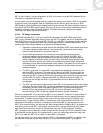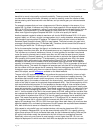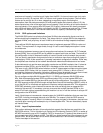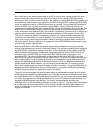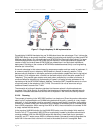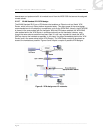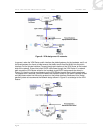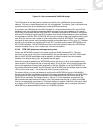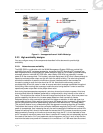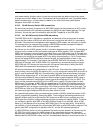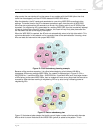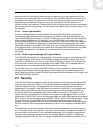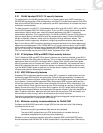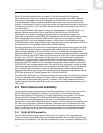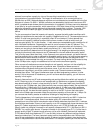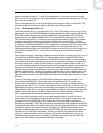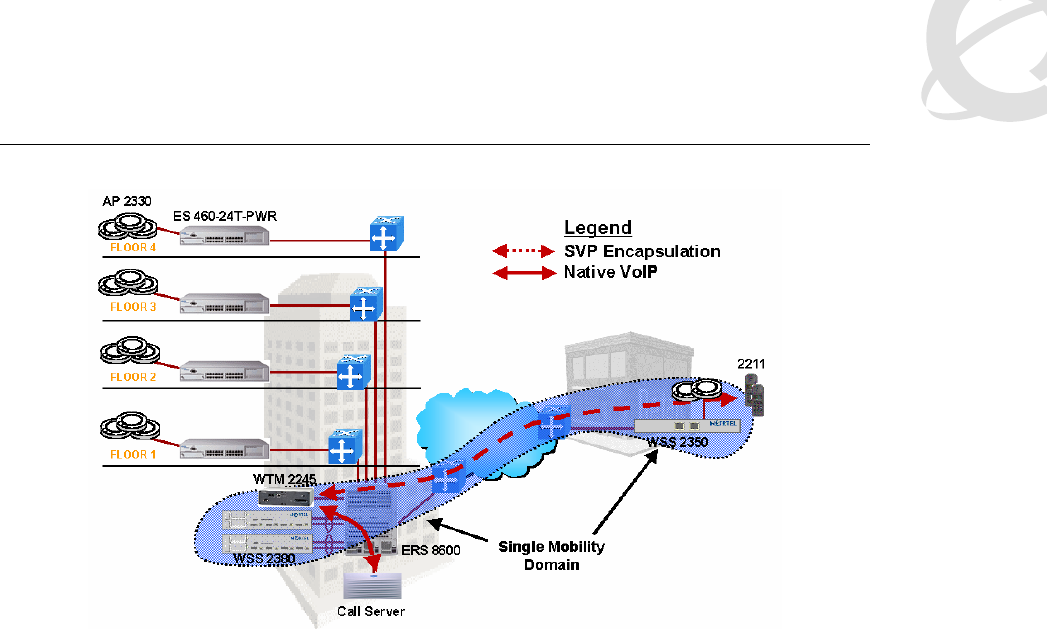
Voice over Wireless LAN Solution Guide v1.0 December 2005
______________________________________________________________________________________________________
Page 26
Figure 11: Unsupported branch VoWLAN design
2.2.3 High availability designs
You can configure many of the components described in this document to provide high
availability.
2.2.3.1 Network access availability
The WSS 2300 in coordination with the WLAN Management System 2300 can provide high
availability from an RF coverage perspective, known as Auto-RF. Assuming RF coverage has
been engineered with enough spare AP power budget for each AP to be able to provide backup
coverage, when an individual AP 2330 fails, other nearby 2330 APs can potentially increase
power to fill the coverage hole. This implies a physical deployment of APs that is dense enough to
operate at reduced power output and yet still cover the entire building. The auto-tuning feature
controls the reduction of power to minimize co-channel interference and also controls the
increase in power to cover the hole should an AP fail. Note that the site survey must be
conducted with APs at full power in order to ensure redundant coverage capabilities throughout
the building. After ensuring that coverage, enable the auto-tuning feature in order to scale the
operational power output back to the proper lower value.
Auto-tuning has two separate components, auto-tune channel and auto-tune power. Auto-tune
channel should either be disabled (preferred) or configured with a long interval on the order of
hours. This minimizes the number of channel change events that can occur. Auto-tune power has
another capability that allows it to increase power based on client connectivity issues.
Retransmissions or other connection issues will first trigger a reduction in data rate down to a
configurable minimum. After reaching this minimum, the power is then increased 1 dB at a time
up to a configurable maximum power setting (specified in dB referenced to 1 milliwatt [dBm]).
This particular feature is very undesirable given the aggressive roaming algorithm of handsets.
The problem that occurs is that as the connection becomes marginally bad, the AP increases
power to compensate, thus increasing the cell size and increasing the interference to other APs.
Instead of roaming like it should, the handset first causes the AP to increase to maximum power
before eventually roaming as it continues to move away from the AP. It is not desirable to have
an AP increase to maximum power when there is another AP nearby that can adequately service
the needs of the device. So if you implement auto-tuning power, set it up in such a way that the
maximum that auto-tune power will increase to is no more than 1 or 2 dB more than the current



